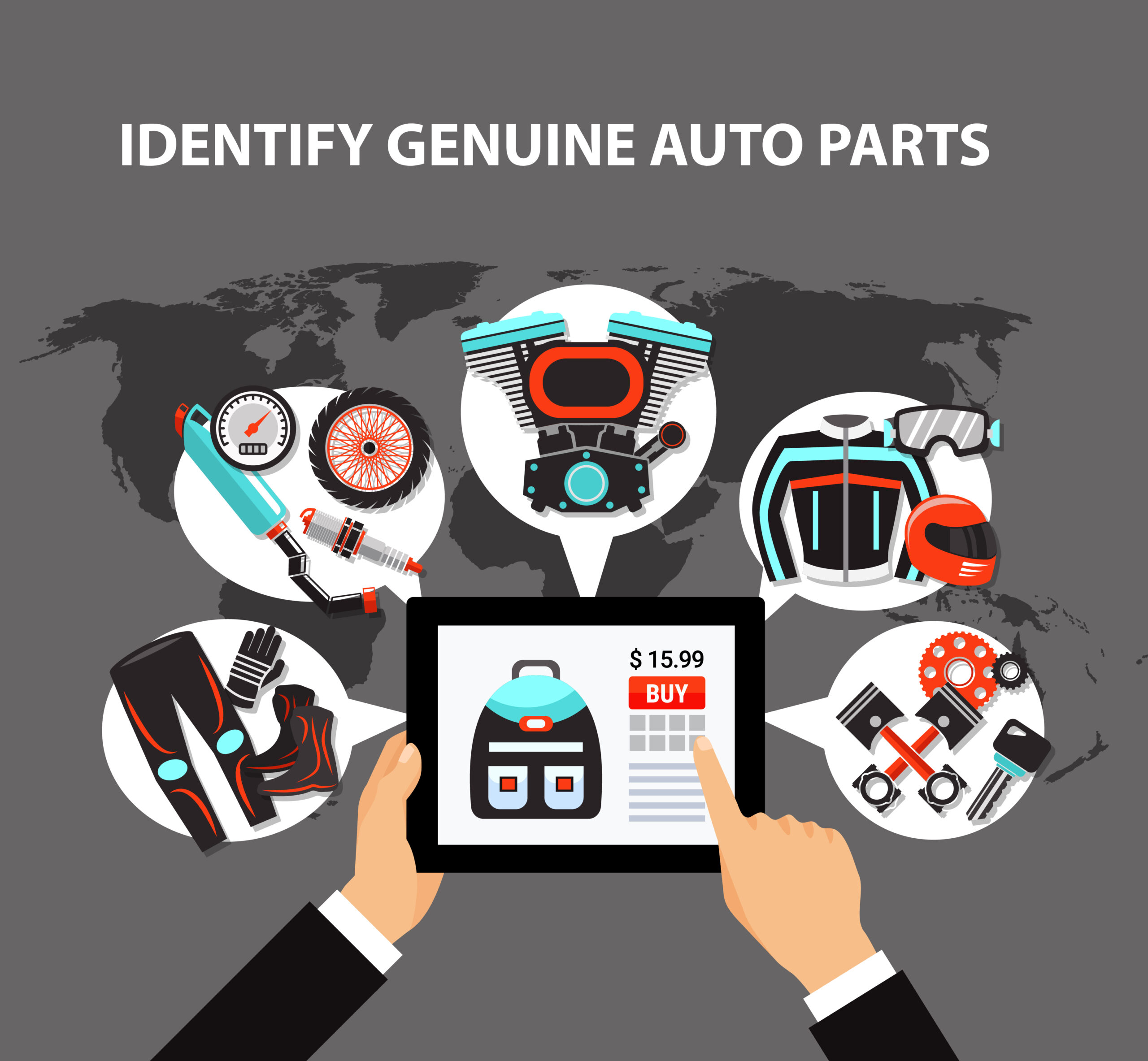When it comes to vehicle maintenance and repairs, using genuine auto parts is crucial for performance, safety, and longevity. However, counterfeit parts flood the market, making it essential to know how to differentiate between authentic and fake components. In this guide, we’ll explore key ways to identify genuine auto parts and avoid purchasing substandard alternatives.
1. Purchase from Authorized Dealers
The best way to ensure authenticity is by buying auto parts from authorized dealerships or certified retailers. Manufacturer-approved sellers offer warranty-backed products and guarantee quality. Avoid purchasing from unknown sources, especially those offering deep discounts, as they may be selling counterfeit items.
2. Verify the Part Number and Packaging
Every genuine auto part comes with a unique part number assigned by the manufacturer. Before purchasing, compare the part number with the one listed in your vehicle’s manual or the official manufacturer’s website. Additionally, inspect the packaging for:
- Manufacturer’s logo and branding
- Proper labeling with barcodes and serial numbers
- High-quality printing and packaging material
Counterfeit parts often have misspelled brand names, faded colors, or low-quality packaging.
3. Check for Security Features
Many auto manufacturers integrate security features to prevent counterfeiting. Look for:
- Holograms and QR Codes: These features can be scanned to verify authenticity.
- RFID Tags: Some manufacturers embed radio-frequency identification for tracking.
- Tamper-proof Seals: Genuine parts often come with sealed packaging that should not be tampered with.
4. Inspect the Quality and Build Material
Fake auto parts are typically made of substandard materials, affecting durability and performance. Genuine parts are manufactured using high-grade metals, plastics, or rubber, ensuring long-lasting reliability. Check for:
- Weight and Finish: Authentic parts feel sturdy and have smooth finishes.
- Embossed or Laser-etched Logos: Many manufacturers engrave their logos or part numbers rather than using stickers.
- Consistent Design: Compare the part with your old one or an original reference to spot inconsistencies.
5. Compare Prices
If a deal seems too good to be true, it probably is. Counterfeit parts are often priced significantly lower than original ones to attract buyers. Cross-check prices with the manufacturer’s official price list or authorized dealers.
6. Request an Invoice and Warranty
Genuine auto parts come with a warranty from the manufacturer. Always ask for a proper invoice and warranty card. If a seller refuses to provide these, it’s a red flag indicating a counterfeit product.
7. Research the Seller
Before purchasing, research the seller’s reputation by checking online reviews, ratings, and customer feedback. Trusted retailers have positive reviews and long-standing credibility in the market.
8. Test for Performance
If possible, test the part before installation. Genuine parts function seamlessly, whereas counterfeit components may cause performance issues, such as poor fit, excessive noise, or premature failure.
Conclusion
Using genuine auto parts ensures your vehicle runs smoothly and safely. By purchasing from authorized dealers, verifying packaging and security features, and checking material quality, you can avoid counterfeit products. Stay informed and cautious to make the best choice for your vehicle’s longevity and performance.






